Saint Galgano’s Reliquary Is Returned to Siena
It Was Stolen from the Diocesan Museum in 1989, Recovered by the Gendarmerie and Restored in the Vatican Museums
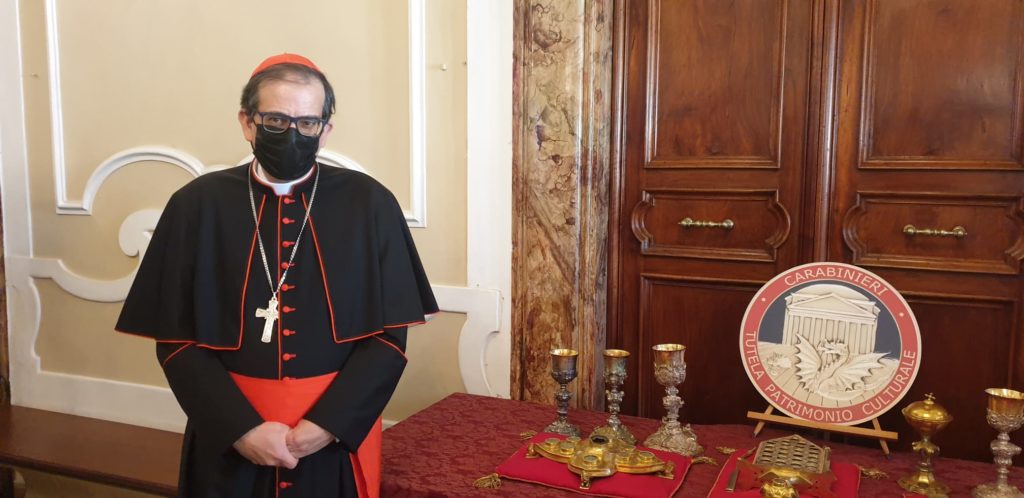
After 32 years, Saint Galgano’s reliquary has returned “home,” to the Sienese Church, along with other precious finds stolen during the night of July 10-11, 1989, from the Museum of the Archdiocese of Siena–Colle di Val d’Elsa–Montalcino.
To celebrate this “return,” the Archbishopric of Siena organized a true and proper event. Attending the event were Cardinal Augusto Paolo Lojudice, Archbishop of Siena–Colle di Val d’Elsa–Montalcino; Dario Franceschini, Minister of Culture; General Roberto Riccardi, Commander of the Gendarmerie for the Protection of the Cultural Patrimony, and Professor Barbara Jatta, Director of the Vatican Museums, in addition to city authorities.
Saint Galgano’s famous Reliquary from the ancient Abbey of the same name, is one of the most precious artefacts of inestimable value, in gilded copper and enamels, of the Sienese goldsmiths’ craft of the early 1300’s, famous in the whole of Italy in that period, so much so as to have received very important commissions from the papal court, such as Nicholas IV’s chalice for Saint Francis’ Basilica in Assisi and the reliquary of the Holy Corporal for the Cathedral of Orvieto.
Ten Out of Eleven Pieces Are Recovered
Thanks to a careful and accurate investigation, the Palermo Heritage Protection Unit of the Gendarmerie, coordinated by Catania’s Tribunal, recovered ten of the eleven pieces stolen from the Diocesan Museum 30 years ago. The piece that has not been found is a 17th century silver chalice from the church of the Charterhouse of Maggiano in Siena.
The Restoration in the Vatican Museums
Unfortunately, Saint Galgano’s reliquary has suffered important traumas. The state of decay that the most precious artefacts have suffered made evident the urgency of a qualified restoration intervention. Last February 23, the Archbishop of Siena, Cardinal Lojudice, asked Vatican City’s Governorate about the possibility to restore the precious objects at the Vatican Museums. Once the operation was authorized, the Museums entrusted the project to the Metals and Ceramics Restoration Laboratory. A group of expert restorers, already operational in the past in similar interventions, completed the intervention.
They Are “Signs of Living Traditions,” Says Cardinal Lojudice
When a private property is violated, there is always great pain. When a sacred place is violated it is even more painful. These objects were in the Diocesan Museum and the violation was done not only to the Church of Siena but to a piece of history. The objects aren’t idols, but some objects are signs of a living tradition, of people’s life, not only of the one who made them but also of those for whom they have a particular meaning. Art is the heritage of all. Today we celebrate the restitution of these objects not only to their integrity but also to the usability of anyone who wishes. Because we are all part of one people, who walk together and in which each one does his part. The presence today of so many different institutions represents precisely this,” said Cardinal Augusto Paolo Lojudice, Archbishop of Siena–Colle di Val d’Elsa–Montalcino.
Finally Home,” Says Minister Franceschini
“It’s lovely to celebrate today the end of this story, although after a long wait. These objects finally return from where they were stolen. This affair shows once more how much the local communities are proud and linked to their symbols, even beyond the religious value. Particular gratitude goes to our Gendarmerie for the Protection of the Cultural Heritage, an institution known throughout the world, with decades of experience that is renewed every day,” concluded the Minister of Culture, Dario Franceschini.
Related
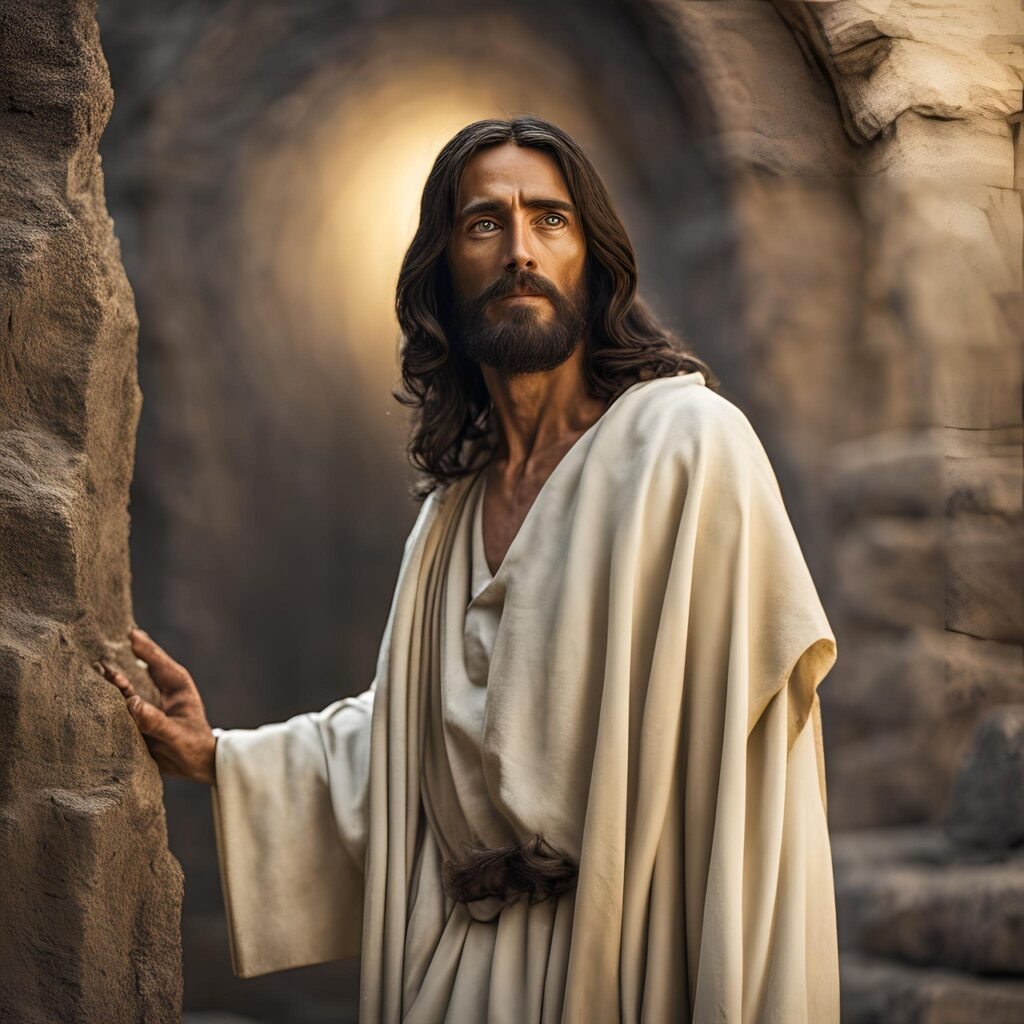
After Eight Days Jesus Arrived: Commentary by Fr. Jorge Miró
Jorge Miró
26 April, 2025
3 min
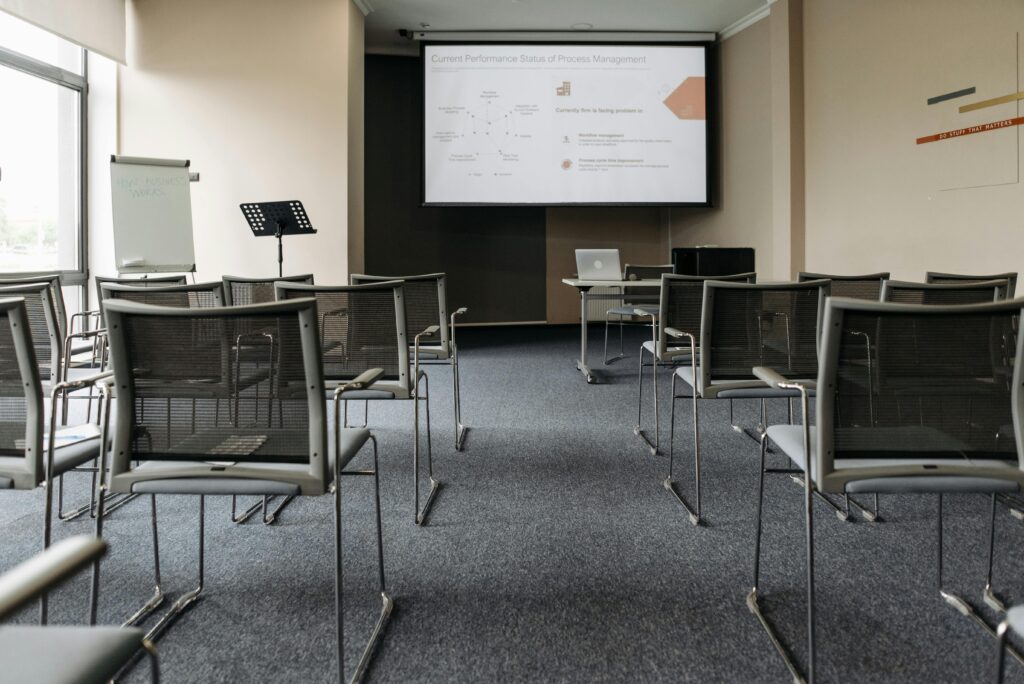
The Perspectivas del Trabajo Foundation is founded with the aim of promoting virtues for professional development
Exaudi Staff
25 April, 2025
2 min
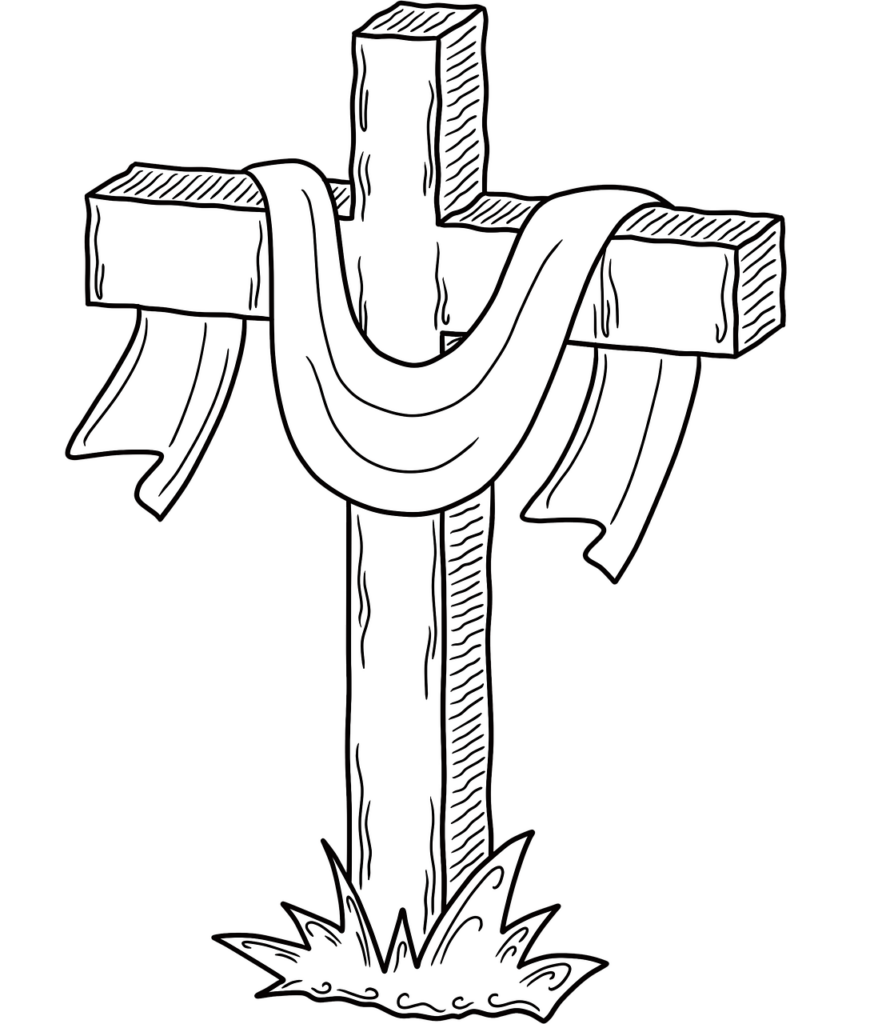
Reflection by Bishop Enrique Díaz: Alleluia, alleluia
Enrique Díaz
20 April, 2025
5 min
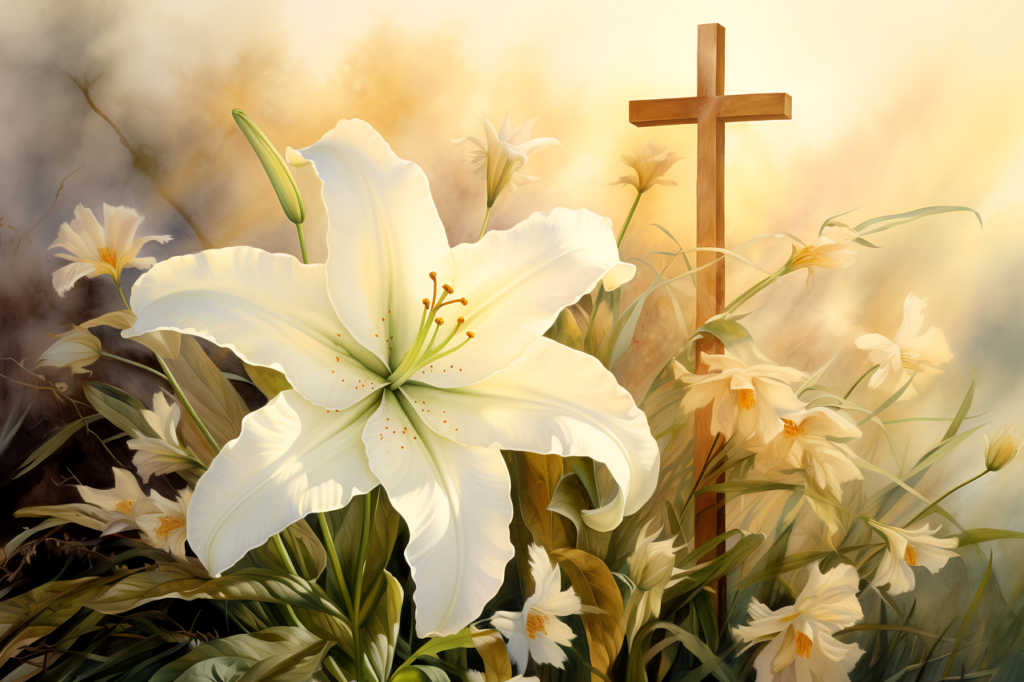
Christ is Risen! Alleluia! Commentary by Fr. Jorge Miró
Jorge Miró
20 April, 2025
3 min
 (EN)
(EN)
 (ES)
(ES)
 (IT)
(IT)

